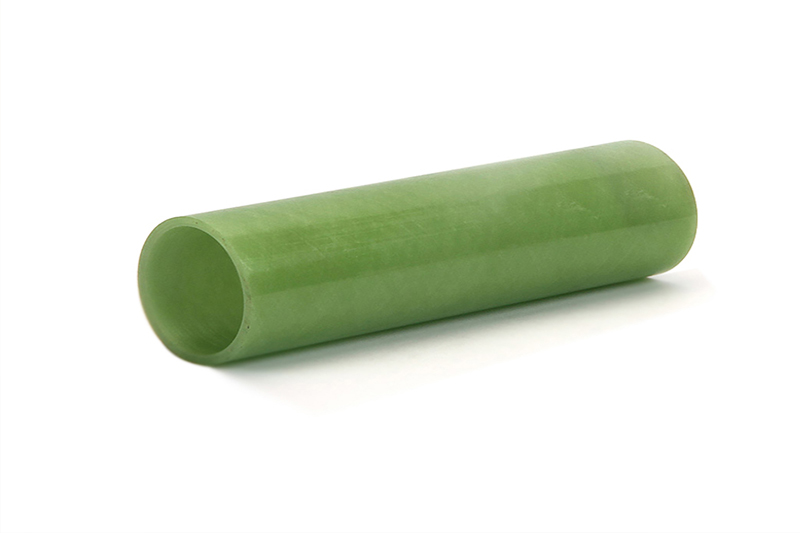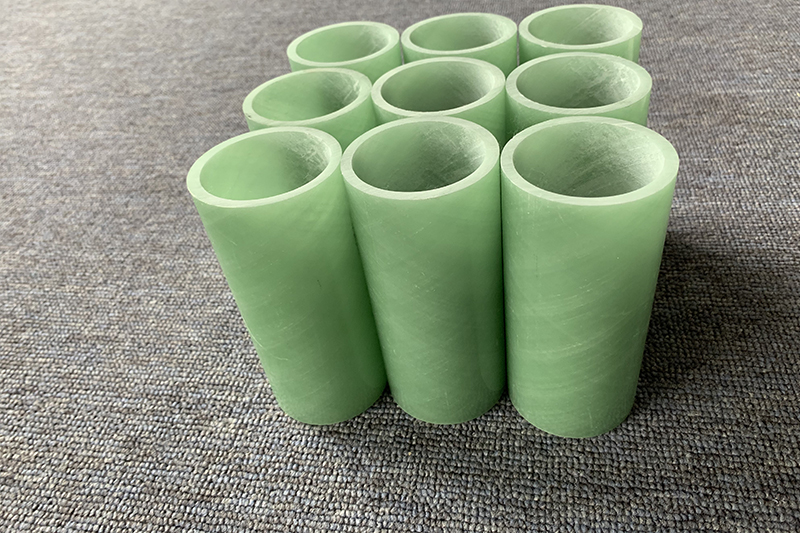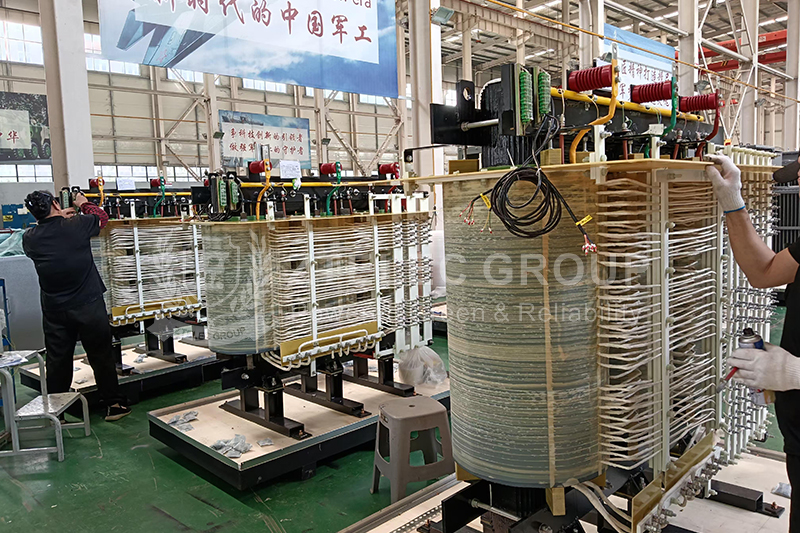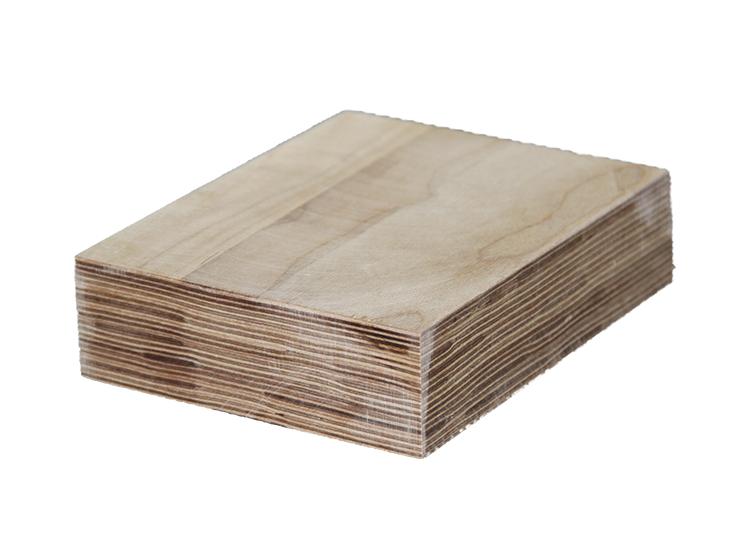Application of Epoxy Fiberglass Winding Tube in Transformers: Advantages and Key Technology Analysis
In the development of transformer equipment, the performance of insulation materials directly affects safe and stable operation. As a new type of composite product, epoxy fiberglass winding tubes are widely used in the transformer field due to their outstanding comprehensive properties. This article analyzes their application advantages, key manufacturing technologies, and typical scenarios.
Advantages of Epoxy Fiberglass Winding Tubes
Excellent Insulation Performance
Made from epoxy resin reinforced with glass fiber, glass fiber wound tubes offer exceptional electrical insulation, effectively isolating electromagnetic interference during transformer operation and ensuring safe and stable equipment performance.
Reliable High-Temperature Resistance
With excellent heat resistance, they maintain stable performance in the high-temperature environments of transformers, avoiding thermal expansion and deformation issues to ensure normal operation.
High Mechanical Strength
They demonstrate outstanding mechanical properties, with high axial tensile strength, hoop tensile strength, and compressive strength, enabling them to withstand significant pressures and loads during transformer operation.
Lightweight
Compared with traditional metal materials, epoxy fiberglass winding tubes are lighter while maintaining higher strength. This feature makes transformer installation and maintenance more convenient and efficient.
Superior Corrosion Resistance
They resist acids, alkalis, salts, and organic solvents, offering long service life. Suitable for harsh working conditions, they greatly enhance transformer durability.

Key Manufacturing Technologies for Epoxy Fiberglass Winding Tubes
1.Wet Winding Process
Glass Fiber Impregnation: Glass yarn is thoroughly impregnated with epoxy resin adhesive using the immersion or coating method. The immersion method achieves higher resin content, eliminates air bubbles, and improves resin penetration into the fibers, thereby enhancing interlayer performance.
Cross Winding Forming: A combination of helical winding and hoop winding is used to create a uniform fiber distribution structure. For example, in transformer bushing production, a sinusoidal cross-winding pattern is adopted, allowing glass fibers to overlap and form a high-strength insulation layer.
2.Resin System Optimization
Ultra-Low Viscosity, High-Temperature Epoxy Resin: Reduces the probability of air bubble formation during winding, increases tube density, and ensures product quality.
Curing Agent Matching: Anhydride curing agents are selected, with strict control over curing temperature and time to ensure complete resin curing and to prevent tube deformation.
3.Tension Control Technology
Tension is precisely adjusted for each strand of glass yarn using methods such as friction disk control, swing roller control, or microcontroller-based tension controllers. This prevents uneven tension, which could otherwise reduce mechanical performance or cause electrical faults.
4.Post-Processing Techniques
Curing Oven Heating: The wound workpiece, along with its mandrel, is placed into a curing oven. A stepwise heating curve is applied to complete curing, improving the bond strength between the resin and the glass fibers.
Demolding and Shaping: After curing, the tube is demolded, and the ends are ground to ensure dimensional accuracy and a smooth surface, facilitating subsequent installation and connection.

Typical Application Scenarios of Epoxy Fiberglass Winding Tubes
Oil-Immersed Transformers
Serve as the main insulation component, replacing the traditional paperboard-and-oil combination structure. This reduces the risk of partial discharge and improves operational stability.
Dry-Type Transformers
Used for structural components such as insulation rings and end rings. When paired with Class H heat-resistant resin, they can meet insulation and heat dissipation requirements in high-temperature environments.
High-Voltage Electrical Equipment
Epoxy fiberglass winding tube can be used to manufacture hollow bushings for SF₆ current transformers, surge arresters, and on-load tap changers. Their high-voltage resistance and corrosion resistance help extend equipment service life.
Special Transformers
In amorphous alloy transformers, they are used as rigid insulation cylinders inside the low-voltage coil, enhancing short-circuit resistance and reducing failure rates.
With their multiple advantages and advanced manufacturing technologies, epoxy fiberglass winding tubes play a critical role in transformers and related high-voltage electrical equipment, providing strong support for the development of the power industry. Thanks to their unique material properties and mature processing techniques, they have become an important choice for upgrading transformer insulation structures, ensuring stable operation of various transformer types under diverse operating conditions.
- more+releated article
- 2025-10-21Application of K Factor Transformer
- 2025-10-21Detailed explanation about transformer model w
- 2025-10-2010kV Oil-Immersed Transformer Safety: Lightnin
- 2025-10-20What are The Advantages of Phenolic Cotton Clo
- 2025-10-17Are Three-Phase Isolation Dry-Type Transformer
- 2025-10-17G10 Epoxy Sheet: Choosing the Right Specificat
- 2025-10-1610kV Oil-Immersed Transformer Operation Inspec
- 2025-10-163240-B Epoxy Phenolic Glass Fiber Cloth Lamina
- 2025-10-15G10 Epoxy Sheet: The Preferred Insulation Mate
- 2025-10-15Analysis of Energy-Saving and Noise Control Te





